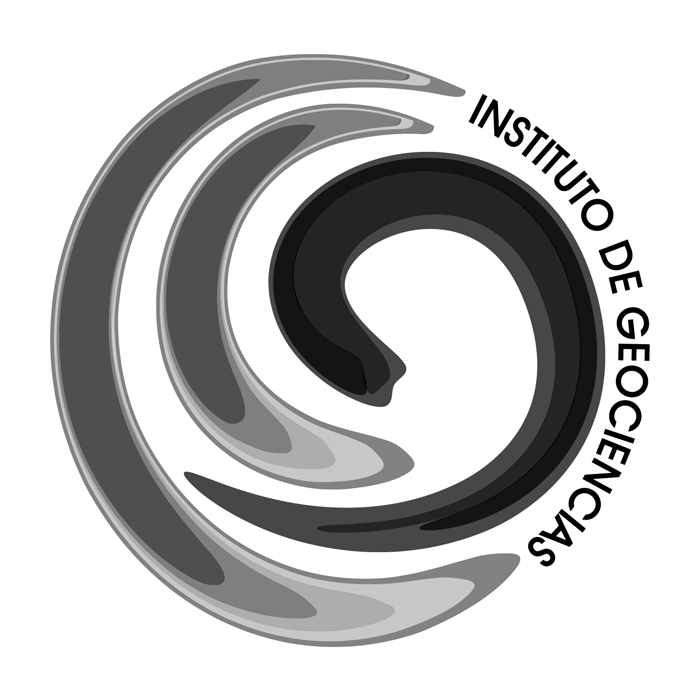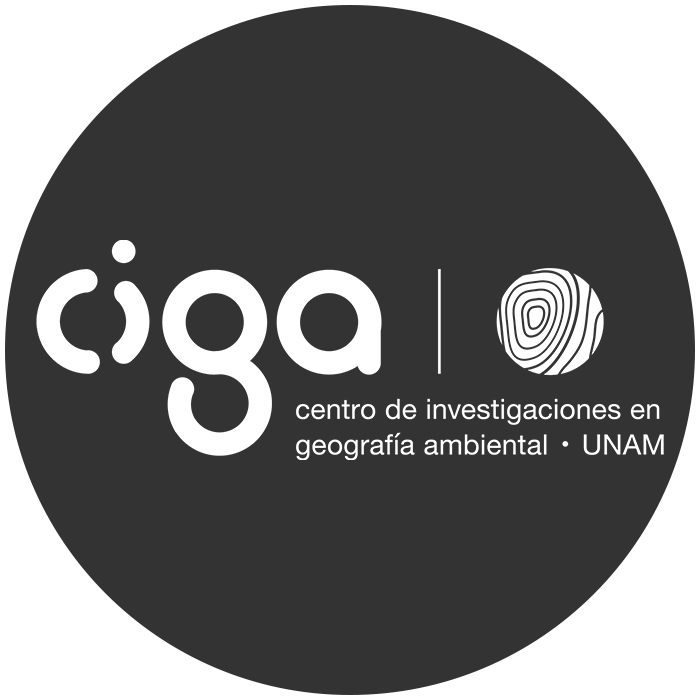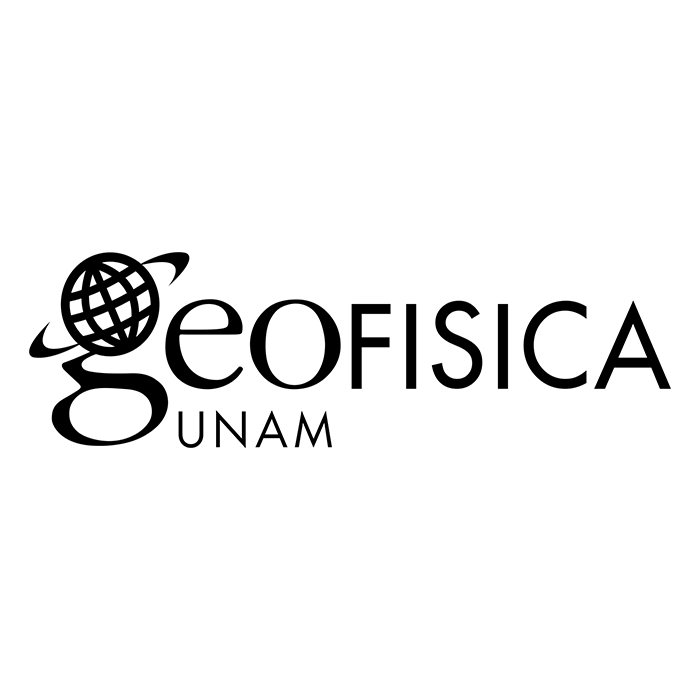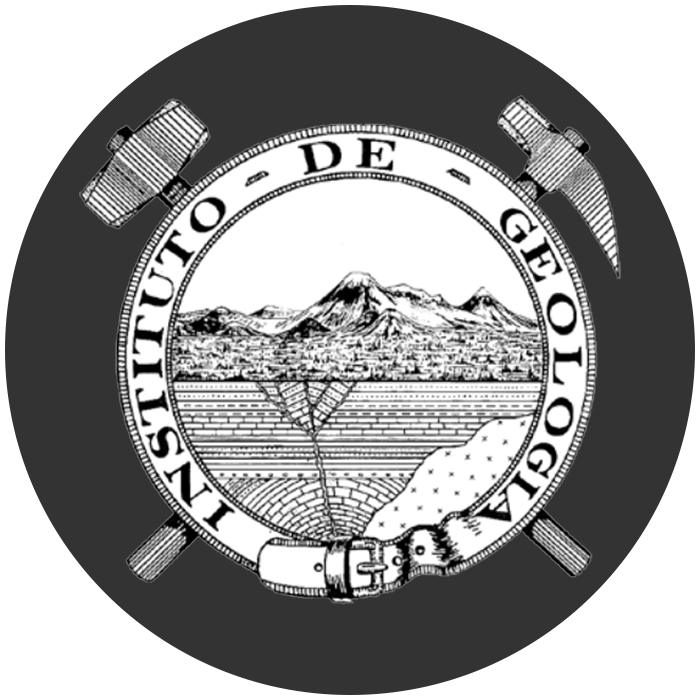Housing space production of the Azcapotzalco municipality, Mexico City : a cartographic journey
Main Article Content
Abstract
Cartographic animation, constructed using computational elements from scientific data visualization, increases the analytical potential of maps. The space-time dynamic series is an animation through time. The cartographic narrative is a guided journey through a map with the gradual unfolding of a story corresponding to the processes that occurred at each stage of the journey. Through a cartographic narrative it is possible to account for the spatiality of social relations and their implications, something difficult with the traditional layout of the map. In this work we show how were created an interactive map, a dynamic space-time series and a cartographic narrative (accessible through the journal website) with free software technologies (including Geoserver and OpenLayers), to examine the socio-spatial implications of processes in the urban space of the Azcapotzalco district from the beginning of its urbanization to the beginning of the 21st century (2008). We articulate cartographic visualization with research on the production of urban space from the perspective that space is the product and producer of the social; this means that society makes its own space, while it itself determines the constitution of social relations. Our narrative demonstrates that the diversified social composition of Azcapotzalco is reflected in its housing space, constituted in the demarcation gradually decades ago, and that the strong social ties and popular extraction have signified a resistance against the wave of gentrification coming from the most central areas of the city.
Downloads
Download data is not yet available.
Article Details
How to Cite
García Reyes, J. M. (2022). Housing space production of the Azcapotzalco municipality, Mexico City : a cartographic journey. Terra Digitalis, 6(2), 1–9. https://doi.org/10.22201/igg.25940694e.2022.2.101
Issue
Section
Articles with maps
PLUMX Metrics






